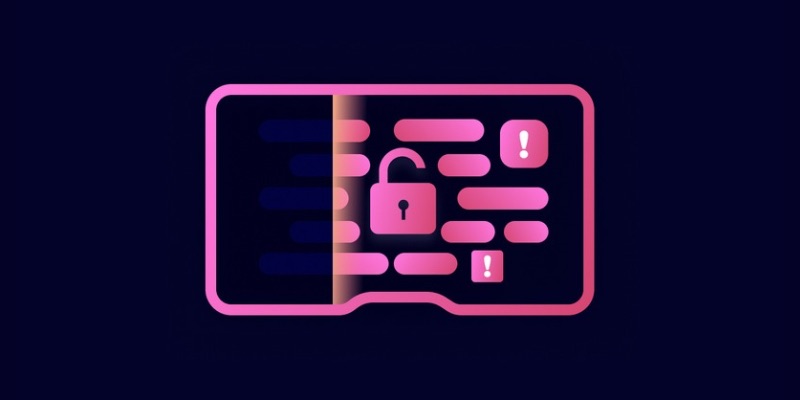5 Ways to Strengthen Session Security in Your Applications
May 5, 2025, 4 min read
People trust websites and apps to protect their personal information when they log in. Many people believe that encryption and strong passwords are sufficient. However, safeguarding the session after logging in is equally crucial.
After logging in, a user is connected for the duration of a session. Attackers can enter covertly if it is not managed correctly. Data theft, account loss, or even more serious issues may result from this.
Businesses and users are both protected by good session practices. Many attacks are prevented before they begin. They also assist apps in maintaining user trust and adhering to privacy regulations.
In this article, we will share five simple ways developers can make sessions much safer. These tips are easy to use and can make a big difference.
Leverage Open Source Authentication for Greater Control
As cyber threats grow, gaining control over authentication systems has become essential. Closed-source platforms often operate like black boxes, offering little insight into session management or security updates. This lack of transparency raises risks, especially when facing new compliance rules.
Many traditional systems also make it hard to verify how session security is maintained. Organizations often rely on outside updates without knowing what has changed inside. These blind spots can delay critical responses.
To fix these challenges, many teams now choose open-source authentication solutions for better transparency and flexibility. Open source authentication lets developers audit code, customize workflows, and manage sessions flexibly. Solutions often include prebuilt parts for fast setup, strong token handling, session rotation, and built-in CSRF protection. Self-hosting options also help organizations keep user data entirely under control.
Use Encryption and Secure Cookies
Keeping user data safe is very important. One way to do this is by sending cookies only over HTTPS connections. This protects cookies while they move between users and servers.
Cookies also need extra safety settings. Use Secure cookies so that they can’t be read if an attacker is able to compromise a browser. Prevent scripts from hijacking your session token by using HttpOnly cookies. Establish SameSite rules to stop tricks that send fake requests from other sites.
Sessions should die if they’re not using the app. Don’t ever store private information within cookies. If you keep people’s session data on your servers, encrypt that as well.
Pretty good session rules make it extremely difficult for attackers to hack. Follow these simple steps to create a strong shield around your app.
Protect Against CSRF and XSS Attacks
Not every attack steals passwords. Some attacks try to trick users in other ways, like CSRF and XSS.
CSRF is when a hacker deceives a user into making an unintended request. This can alter user preferences or transfer funds without their knowledge. To prevent this, apps should include CSRF tokens in forms. Setting SameSite cookies also helps to avoid phony requests.
XSS attacks occur when malicious code runs within an application. Hackers exploit it to seize control of a session or steal data. Always remove any user-sent data to prevent XSS. Your pages should only allow safe material. Including a Content Security Policy (CSP) can stop harmful scripts.
Even if people click on harmful links, a strong defense against CSRF and XSS helps to keep sessions safe.
Monitor and Revoke Active Sessions
Keeping track of who is logged in helps spot problems early. Apps should record details like device types and login locations. If a user’s session looks strange — like logging in from two countries at once — the system should flag it.
Users should also have tools to see where they are signed in. Giving them a “log out from all devices” button can block hackers fast. Sessions should also be easy to kill on the server side when needed.
Monitoring and revoking sessions help catch stolen accounts before major damage happens. It also gives users more control over their own security. Fast action often makes the difference between a small problem and a big disaster. Building simple tracking into apps adds strong protection layers.
Enforce Device-Based and Contextual Checks
Not every login is equal. Extra checks can prevent bad actors if a user logs in from a new location or device. Applications should monitor device fingerprints and IP addresses. Apps can request more evidence if behavior changes, such as logging in from a distant country. Sending a one-time code to a phone is a simple way to provide a strong defense.
Context checks examine patterns rather than just passwords. They check whether a login is reasonable. This way, odd behavior can set off alerts even if someone steals a password. These background checks operate quietly in the background. They let genuine users operate seamlessly but hinder hackers. Smart context rules help to protect sessions without degrading the user experience.
Final Verdict
User protection is about more than just robust passwords. Sessions also require attention. All of these assist in encrypting data, employing open systems, guarding against fraud, monitoring activity, and device checks. Every little action accumulates. They work together to earn user confidence and create more challenging goals for hackers. A few clever adjustments now can help to avoid major issues for tomorrow.




























